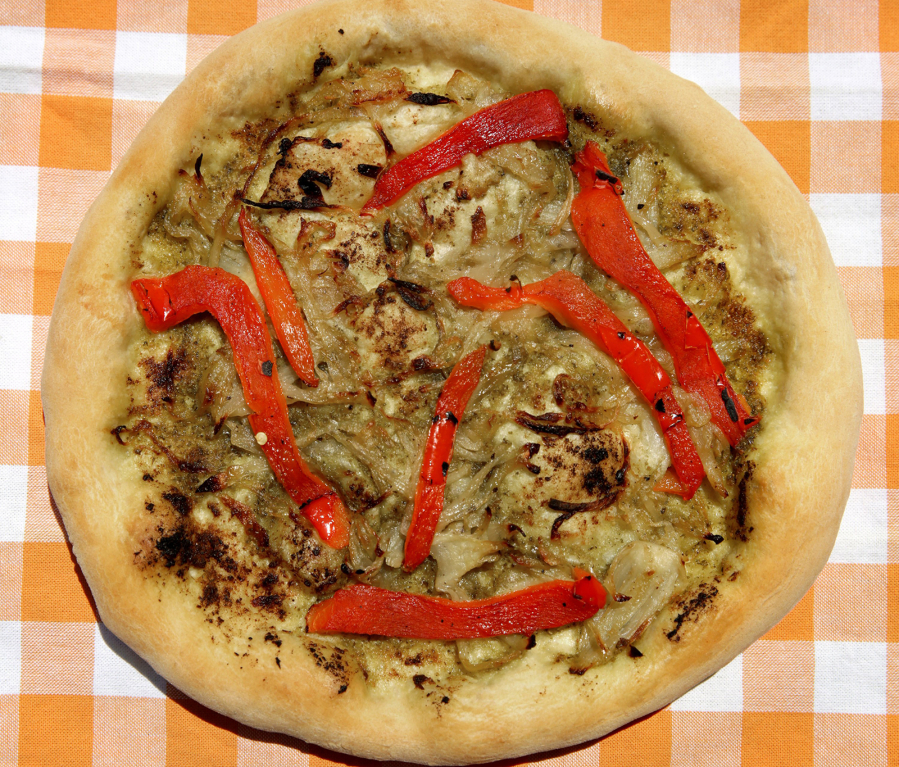New York pizza isn’t Chicago pizza, which isn’t California pizza.
Each region has its own signature style, its own unique way of making pizza. It can be hard to believe they’re all variations on the same theme.
And none of the styles is precisely what you’d get in Italy, the ancestral home of pizza and a land full of its own proud regional styles. Yet the residents of New York and Chicago and California all swear that their method is the only true way to make real pizza.
Pizza is crust, sauce and cheese, and in each style these essential elements are as different as New York is from California, as Chicago is from Detroit.
As with most ethnic foods, pizza first made its way to this country through New York, so it is there that I decided to begin a recent culinary journey across the United States.



